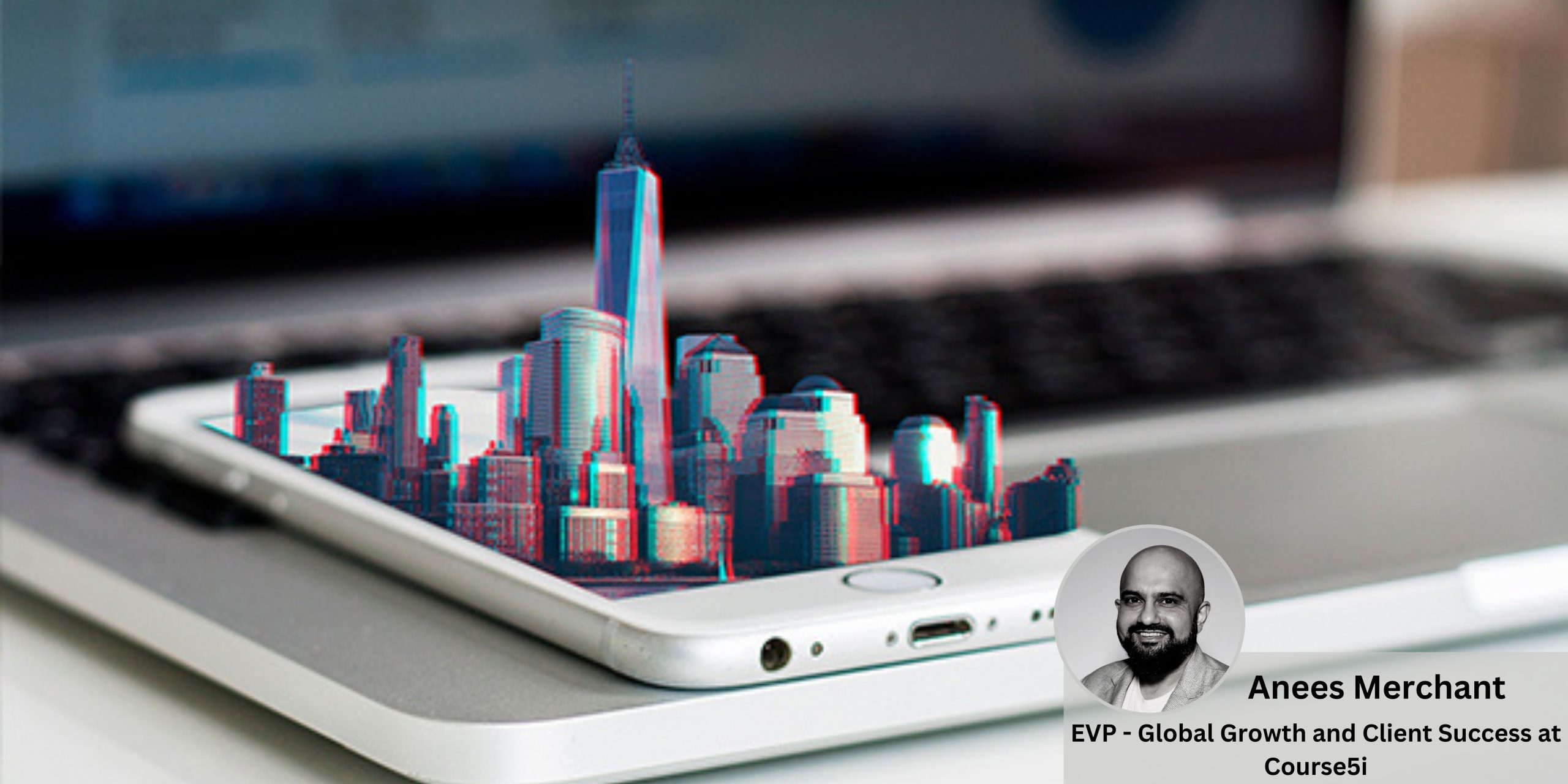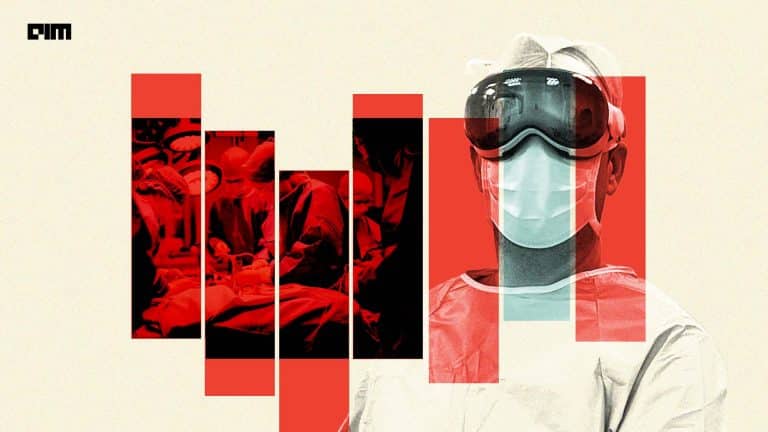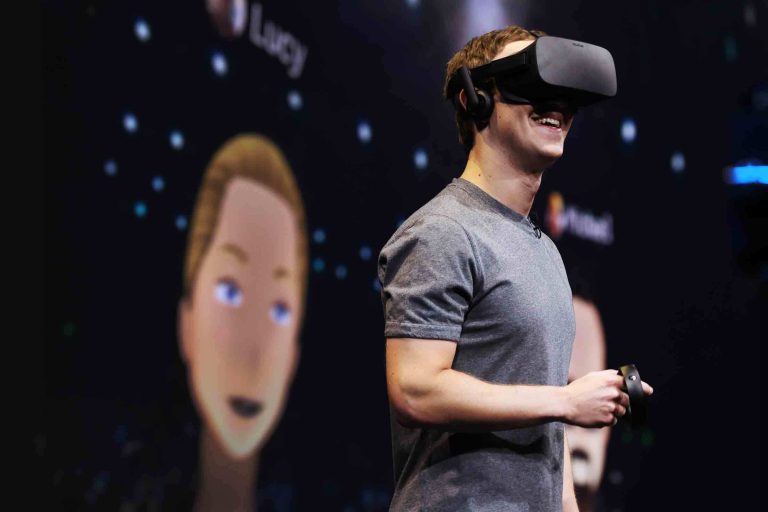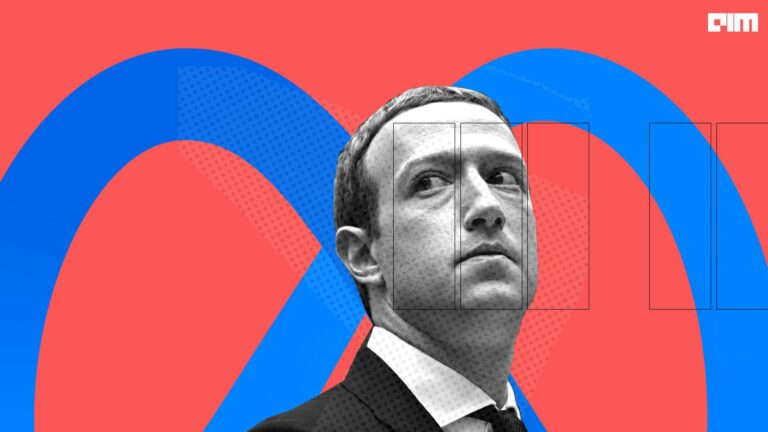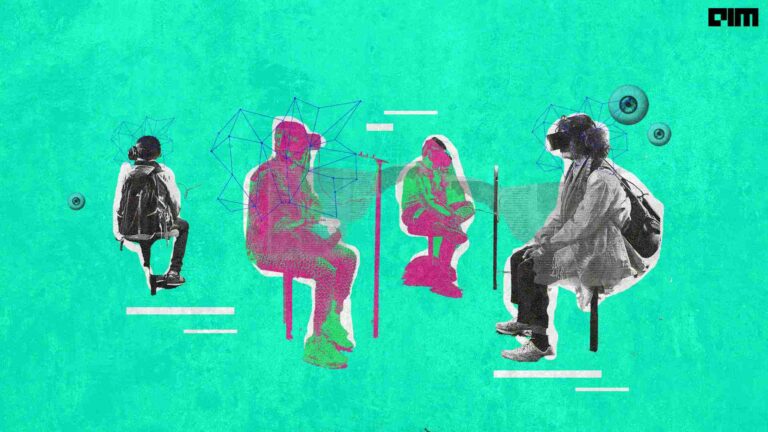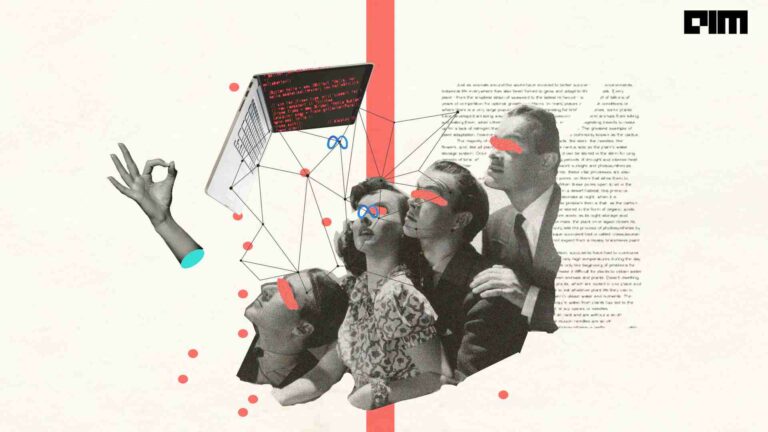|
Listen to this story
|
Recently the world of creativity broke loose when Jason Allen, a game designer from Pueblo, Colorado, revealed that the art he created—which won him an award at the Colorado State Fair—was produced using the MidJourney platform. He had spent roughly 80 hours working on his entry.
The internet had many articles that spoke for and against using Artificial Intelligence platforms, like the MidJourney, and how the death of creativity had arrived.
While GPT3 and Dall-E have similar backbones, many companies and start-ups are creating front-end platforms to harness science innovation and enhance user outcomes. Moreover, I see individuals who haven’t flexed their creative muscles before these platforms are now making AI-based generative arts to share their creativity. While the backend platforms continue to evolve and enhance, the frontend ecosystems and usage are both exciting and scary, but is creativity under threat? Are we moving to an era where what differentiates humans from machines (which is creativity) is under threat? Is the gap reducing further, and are we under threat from machines?
I do not favor the mindset of AI taking over human creativity. Augmented Creativity will define the future of creative endeavors for the industry.
As technology advances at an alarming rate, Augmented Creativity has become an increasingly important topic. With the advent of new technologies, we can augment our creativity using tools such as computers, software, and other technological devices. This has led to a new form of creativity unique to the digital age and has opened up new possibilities for artists, designers, and other creatives.
While augmented creativity hasn’t been exploited to its powerful capabilities within the business world, many enthusiasts are leveraging Augmented Creativity to enhance the outcomes by putting together NFTs, leveraging it in the augmented content creation activities and many more scenarios.
What is augmented creativity, and how does it differ from traditional creativity?
Augmented Creativity is the use of technology to enhance or amplify creativity. It differs from traditional creativity in using tools such as computers, software, and other technological devices to help create new works of art. Augmented Creativity is unique to the digital age and has opened up new possibilities for artists, designers, and other creatives.
While some may be apprehensive about the impact of technology on creativity, I believe that Augmented Creativity can be a powerful tool for creating meaningful and lasting works of art. Furthermore, Augmented Creativity can help us unlock new levels of creativity and expression with the right tools and approach.
How can Augmented Creativity be used to create meaningful pieces of art?
Augmented Creativity can create meaningful works of art in various ways. For example, it can help us:
- Create new works of art that would not be possible without technology.
- Amplify our existing creative abilities.
- Reach new audiences with our work.
- Tell stories in new and innovative ways.
- Express ourselves in new and unique ways.
- Connect with others in new and meaningful ways.
Augmented Creativity has the potential to change the creative landscape in profound ways. The right tools and approach can enhance and augment our capabilities in creative and non-creative endeavors. Such as writing content, creating unique and new visuals for college or schoolwork, and many more use cases.
What are the risks associated with Augmented Creativity?
While Augmented Creativity offers many benefits, there are also risks associated with its use. Some of the risks include:
- Augmented Creativity can be used to create works of art that are not necessarily good or meaningful.
- Augmented Creativity can be used to create works of art that are not original or authentic.
- Augmented Creativity can be used to exploit others and create harmful content.
- Augmented Creativity can be used to invade privacy and collect personal information.
- Augmented Creativity can be used to distort reality and create fake news.
These are just some of the risks associated with Augmented Creativity. It is essential to be aware of these risks and take steps to mitigate them. With the right tools and approach, we can use Augmented Creativity safely and responsibly to create meaningful works of art that touch hearts and minds.
How will Augmented Creativity shape the future of creativity?
Augmented creativity has the potential to shape the future of creativity in profound ways. With the right tools and approach, Augmented Creativity can help us create meaningful works of art that touch hearts and minds. Augmented creativity can also help us reach new audiences and connect with others in new and meaningful ways. However, there are also risks associated with its use. Therefore, it is essential to be aware of these risks and take steps to mitigate them. With the right tools and approach, we can use Augmented Creativity safely and responsibly to create meaningful works of art that touch hearts and minds.
This article is written by a member of the AIM Leaders Council. AIM Leaders Council is an invitation-only forum of senior executives in the Data Science and Analytics industry. To check if you are eligible for a membership, please fill out the form here.


